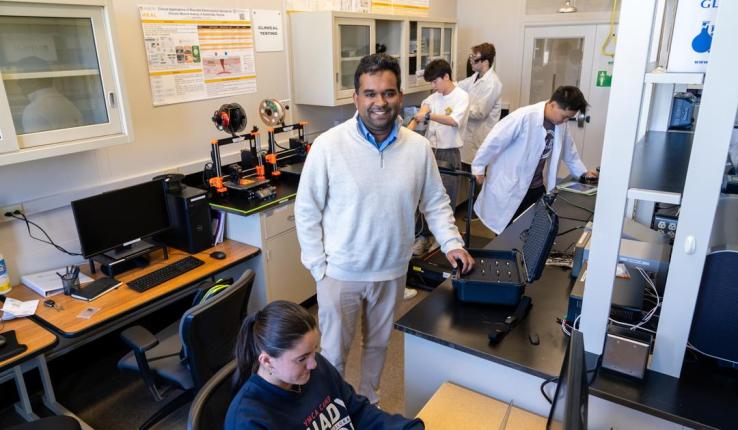It was recently reported that the number of Ebola cases in the Democratic Republic of Congo has surpassed 1,000, making it the second-worst outbreak in history after the 2014 outbreak in West Africa in which 29,000 people were infected and more than 11,000 died. This latest milestone is a stark reminder of the urgent need to develop effective prevention and treatment agents for this frequently deadly disease.
Those infected with the Ebola virus experience severe illness, including hemorrhagic fever, which can lead to internal bleeding. According to the U.S. Centers for Disease Control and Prevention (CDC), currently, there is no specific medical treatment for Ebola.
Key to developing treatments for the disease is understanding the mechanisms of the infection process. Scientists know that to enter a human cell, Ebola takes advantage of a natural process called macropinocytosis, through which the cell “cleans up” its surroundings by internalizing the dead cell debris that surrounds it. Proteins on a cell’s surface serve as receptors, allowing immune cells to recognize the dead cell debris and internalize it. The virus interacts with these proteins, called T-cell immunoglobulin and mucin domain (TIM) proteins, and uses them to hijack its way into the cell. Once inside, the Ebola virus membrane fuses to the endosome that has formed around it and releases its genetic content into the cell.
“Viral RNA further hijacks the cell mechanism to make proteins and replicate themselves inside. Then they bud off the membrane to form a new virus while the healthy host cell dies,” says Frank Zhang, associate professor of bioengineering and of mechanical engineering.
“While Ebola-host cell attachment has been shown to depend on the molecular biomechanics of interaction between receptors on the cell surface and the outer coat of the virus, the quantitative understanding essential for guiding the development of therapies has yet to be developed,” adds Anand Jagota, founding chair of Lehigh’s department of bioengineering and professor of chemical and biomolecular engineering.






